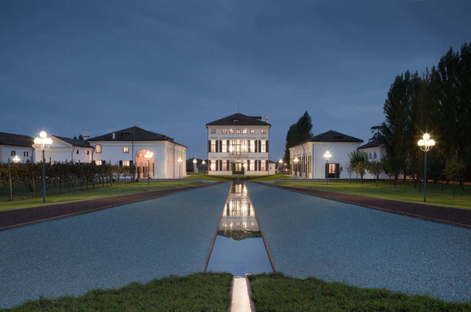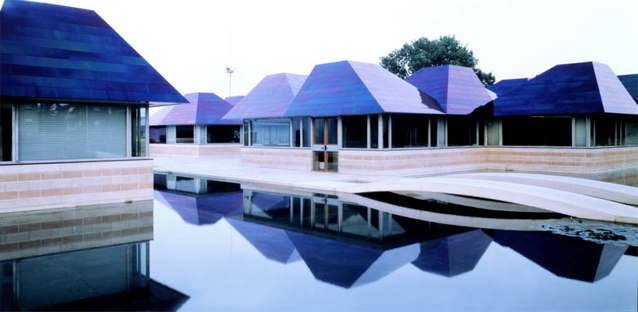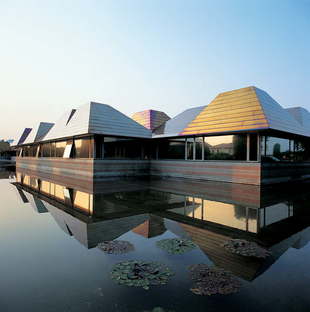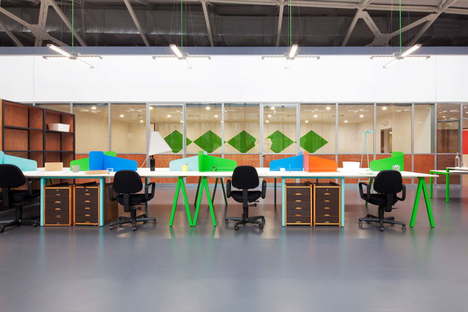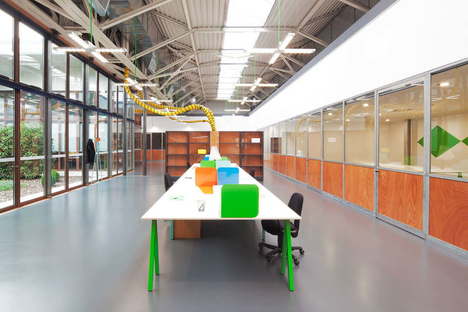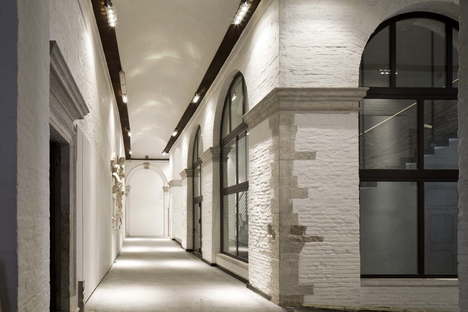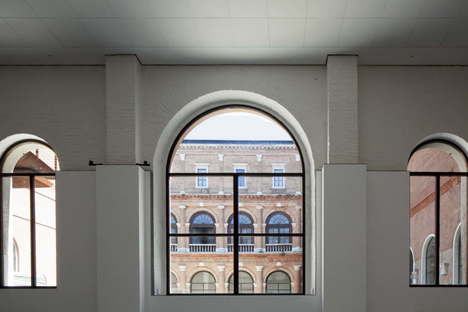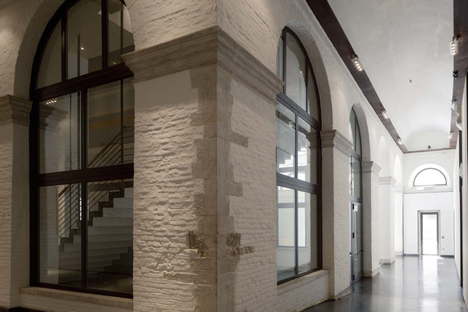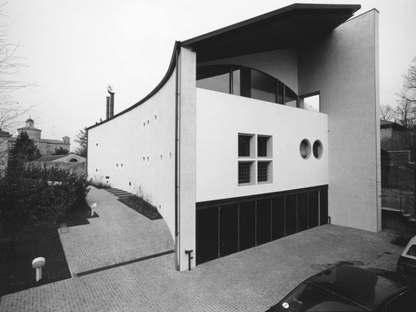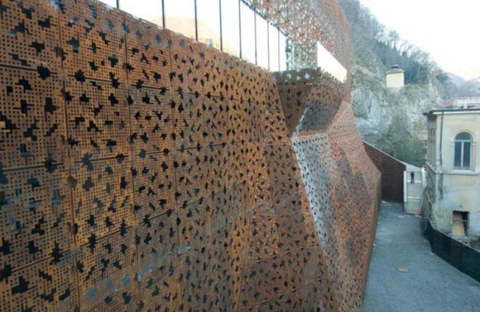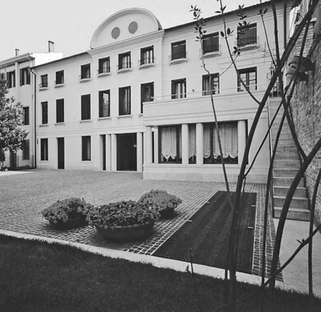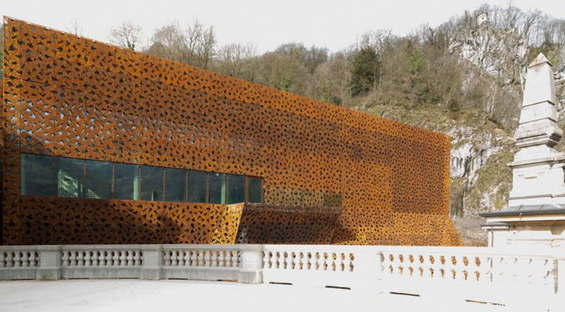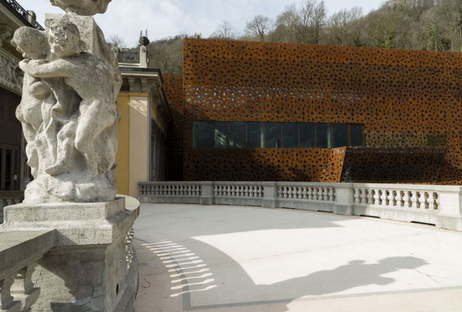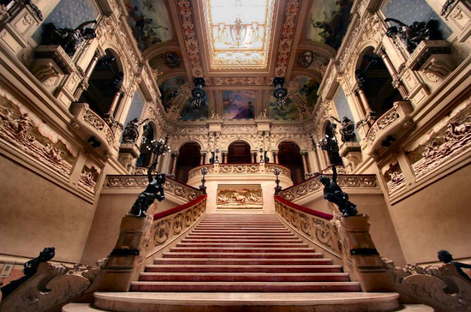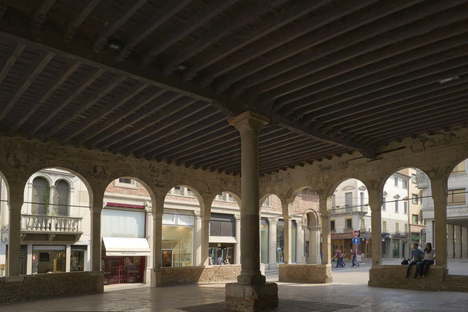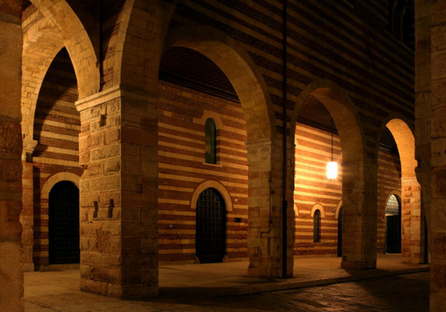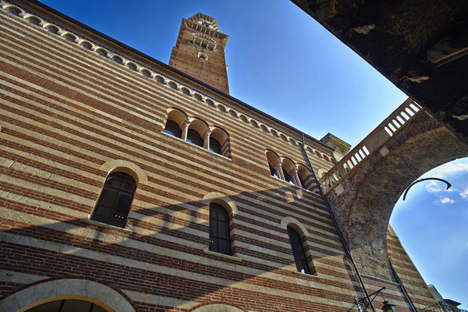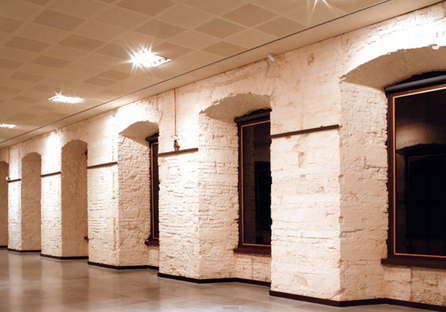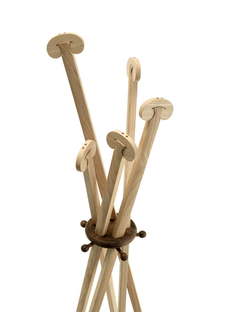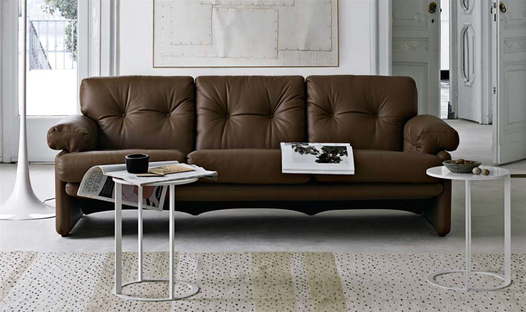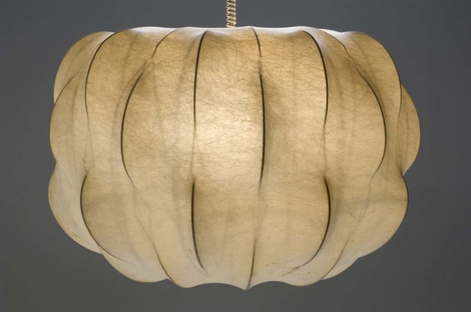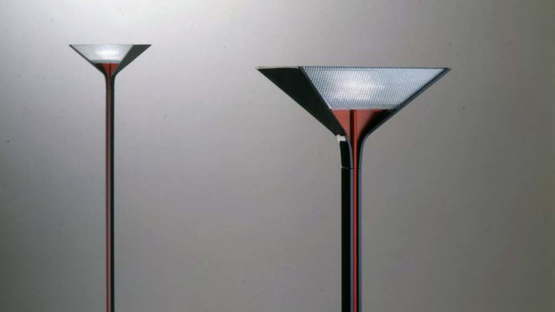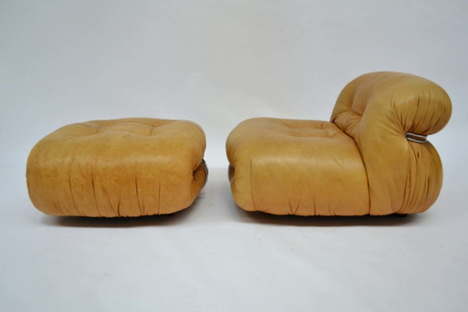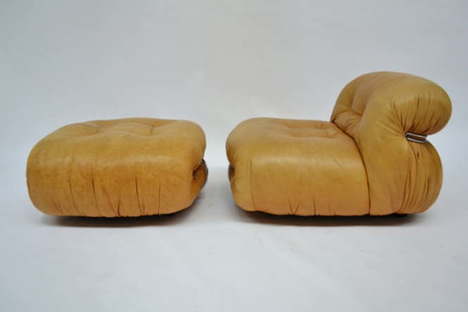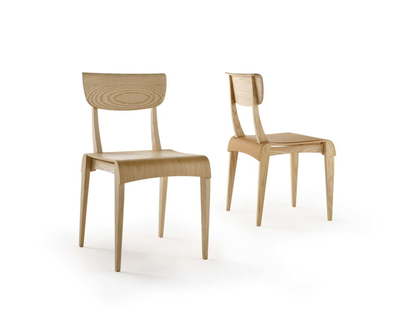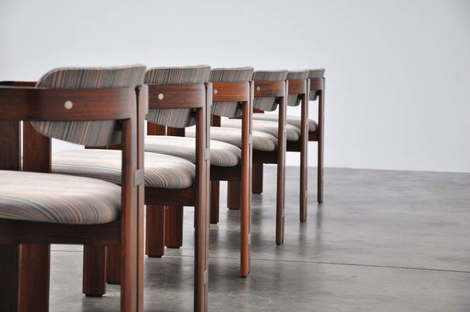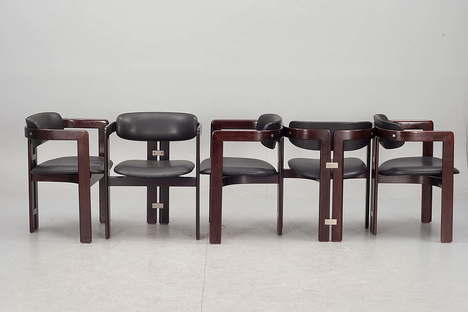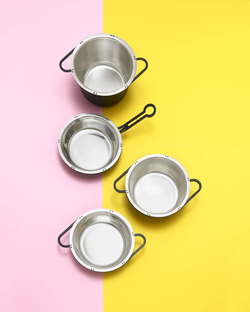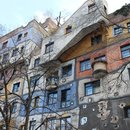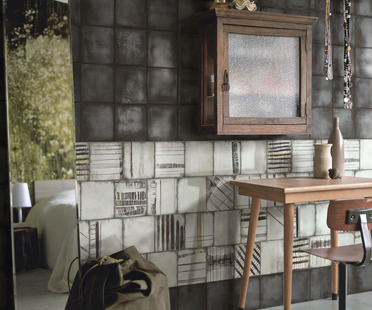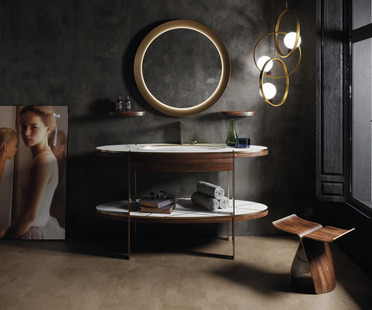26-02-2016
Tobia Scarpa architecture and design: an itinerary.
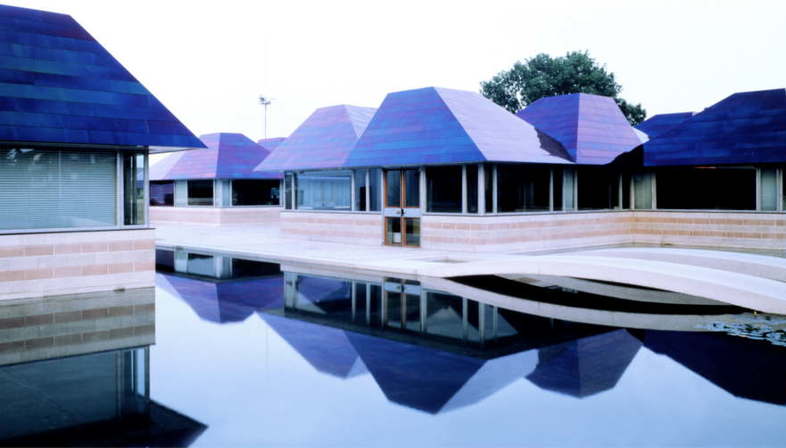
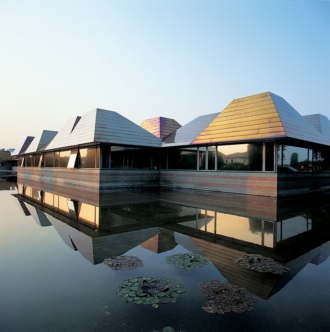
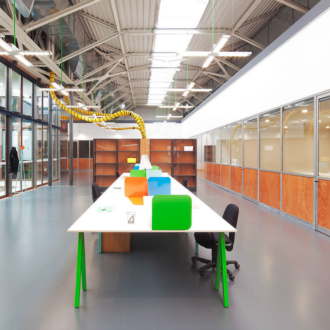
Ponzano Veneto – Industrial architecture – Benetton Group
Tobia Scarpa’s collaboration with the Benetton Group began in Ponzano, in the province of Treviso, in 1964. Over the years the area has risen to fame for numerous architectural projects on Benetton Group properties in Ponzano Veneto demonstrating a great focus on aesthetic and functional quality. The evolution of architecture in this small town near Treviso, combining aesthetics with practicality, began with Afra and Tobia Scarpa’s projects in 1964 and continued with the Benetton Knitwear Factory, Casa Benetton, restoration of Casa Tonolo and above all, Benetton’s "intensive automated warehouse" and "wool division" production facilities, with the restoration and conversion of the Benetton Factory.
Venice - Galleries of the Accademia di Venezia
Tobia Scarpa is the architect behind the latest project, dated 2005, in the Galleries of the Accademia di Venezia, which his father Carlo Scarpa had partially renovated in the forties. The project permitted opening of a new museum wing on the ground floor when the Accademia delle Belle Arti was moved. The functional conversion work required installation of new technological systems and addition of a new staircase. Exhibition space doubled, from 6,000 to 12,000 sqm. The window frames were required to meet precise aesthetic and technological criteria: minimum visual impact, high thermal and acoustic performance, low maintenance, and appropriate aesthetic inclusion in the architectural context of the museum complex.
San Pellegrino Terme - Kursaal – Theatre.
Tobia Scarpa and DE8 architetti added a new foyer and redesigned the Kursaal complex to suit the “ scale of the landscape”. In the original early twentieth-century design, the Casino itself acted as the foyer: it welcomed visitors, accompanied them and provided access to the theatre. The art nouveau decorations on this monumental complex contrast with an openwork corten “skin” wrapping around the theatre. The pattern of the openwork projects a new decoration contrasting with the use of concrete moulds in the original design. It conceptually recreates the image of light penetrating through a dense forest, flooding the foyer and generating a new decorative structure which is intangible and diametrically opposed to the early twentieth-century concrete ornamentation.
Restoration projects
Tobia Scarpa likes to combine very modern, minimalist elements with older architecture to create a contrast that underlines the original elements of the building. Projects of this kind include La Barchessa Villa Lia in Treviso, Punto Sip in Treviso, Palazzo Del Monte in Reggio Emilia, a fourteenth-century complex in Treviso, restoration of Via Isola in Treviso and Villa Loredan in Volpago del Montello, Villa Guarnieri in Ponzano Veneto, the Loggia dei Cavalieri in Treviso, Palazzo Bonati and Palazzo Brusati in Carpi, Palazzo Bomben-Caotorta in Treviso and Palazzo del Mercato Vecchio in Verona.
Design items
Tobia Scarpa has designed a very large quantity of furniture, lights, jewellery, and labels: important projects that have gone down in history, linked with such prestigious brand names as Gavina, B&B, Maxalto and Flos. The objects Scarpa designed and created display a balance between art and imagination, between hand craftsmanship and industrial production, which has been preserved over the years. From the solid wood “Pigreco” chair, his first design, to “Fantasma”, “Fior di Loto”, “Foglio”, “Biagio”, Papillona, and “Nuvola” lamps designed in partnership with his father Carlo Scarpa, a great master of contemporary architecture, to the Coronado sofa and the Soriana armchair, which won him a Compasso d’Oro award in 1970. His most recent designs include objects for everyday use such as chairs, tables, glasses and jewellery, intended for customers who are aware of the value of work, of nature and of attention to detail. The Industrial Design Association awarded Tobia Scarpa a Compasso d’Oro for lifetime achievement in 2008.
In the kitchen with Tobia Scarpa
Silver and Steel
Demonstrating the contemporary relevance of Tobia Scarpa’s designs in the context of Expo 2015, an event showcasing all aspects of food, the architect unveiled PAN 999, a new collection of kitchen utensils made by San Lorenzo taking advantage of the physical and chemical properties of pure silver and pure iron. The project for creation of a series of top quality kitchen utensils began in 1999 with the goal of cooking in pure silver: a series of casseroles, frying pans and risotto pans made of silver 999/°°°, a primary material containing no copper, for pure silver is the best conductor of heat, distributing it evenly, is capable of eliminating bacteria and fungi and does not interact with food, guaranteeing healthy gastronomy.
Cintya Concari










